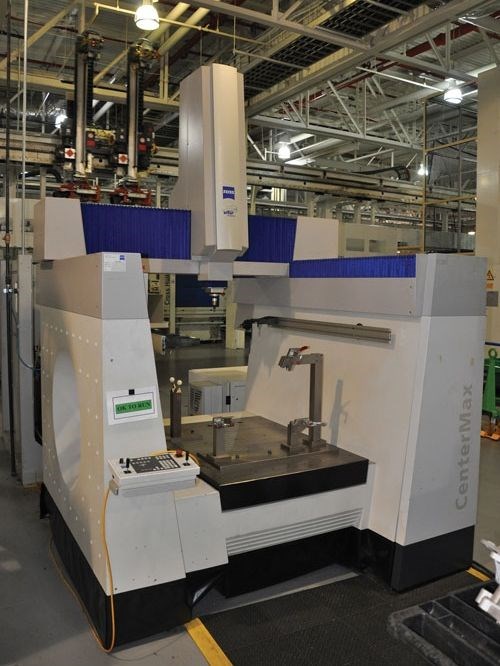Is Now the Time for a Shopfloor CMM?
You’ve integrated more effective, efficient machining equipment to improve throughput. Perhaps now it’s time to take a closer look at how part inspection impacts your overall process.
Share






Shopfloor CMM technology has come a long way in recent years.
If you’ve been considering shopfloor CMMs, I suggest visiting our Inspection and Measurement Zone. There, you’ll find articles and equipment write-ups as well as an expert team to which you can send specific questions about CMM inspection.
Related Content
-
Orthopedic Event Discusses Manufacturing Strategies
At the seminar, representatives from multiple companies discussed strategies for making orthopedic devices accurately and efficiently.
-
The Link Between CNC Process Control and Powertrain Warranties
Ever since inventing the touch-trigger probe in 1972, Sir David McMurtry and his company Renishaw have been focused on achieving process control over its own manufacturing operations. That journey has had sweeping consequences for manufacturing at large.
-
Ballbar Testing Benefits Low-Volume Manufacturing
Thanks to ballbar testing with a Renishaw QC20-W, the Autodesk Technology Centers now have more confidence in their machine tools.





















